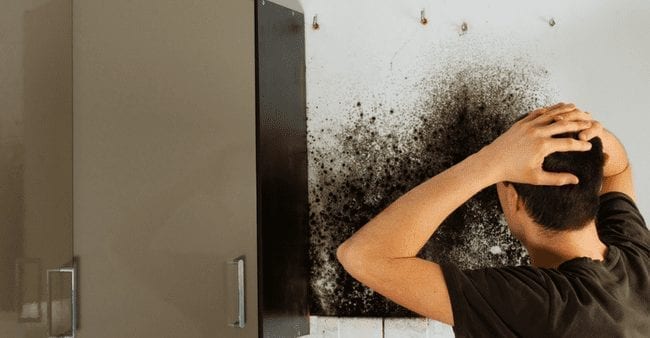We've come across the article involving Hacks to detect leaks below on the internet and concluded it made sense to relate it with you on this site.
.jpg)
The minute you locate a leak, calling your plumber for repair work is the best solution. Some tiny water leakages may not be visible. If you can not spot it with your naked eyes, below are some hacks that assist.
Early detection of dripping water lines can reduce a potential disaster. In addition to conserving you money, it will lessen the stress and also disappointment.
Check Water Intake
If you detect abrupt adjustments, in spite of your usage being the same, it means that you have leaks in your plumbing system. An unexpected spike in your bill shows a fast-moving leakage.
A steady rise every month, also with the same routines, shows you have a sluggish leak that's also gradually rising. Call a plumber to thoroughly inspect your property, especially if you really feel a cozy location on your flooring with piping underneath.
Evaluate the situation and inspect
House owners must make it a routine to inspect under the sink counters and also inside cupboards for any bad odor or mold and mildew development. These two warnings suggest a leak so punctual interest is required. Doing regular assessments, even bi-annually, can conserve you from a major trouble.
Analyze the Water Meter
Every home has a water meter. Checking it is a proven way that aids you find leaks. For beginners, shut off all the water sources. Make certain nobody will purge, make use of the faucet, shower, run the cleaning maker or dishwashing machine. From there, go to the meter and also watch if it will transform. Given that nobody is using it, there need to be no motions. If it relocates, that suggests a fast-moving leak. If you spot no adjustments, wait a hr or two as well as examine back once again. This means you may have a slow-moving leak that can even be underground.
Asses Outside Lines
Don't neglect to check your outside water lines as well. Should water permeate out of the connection, you have a loosened rubber gasket. One small leak can waste loads of water and surge your water bill.
Do a Food Coloring Examination
When it pertains to water consumption, 30% originates from bathrooms. Examination to see if they are running effectively. Decline flecks of food color in the storage tank as well as wait 10 minutes. If the shade somehow infiltrates your bowl during that time without flushing, there's a leakage in between the container as well as dish.
If you know your house is currently old, maintain a careful eye on your heating units, hose pipes, pipelines etc. Check for stainings and weakening as a lot of pipes as well as devices have a life expectancy. They will likewise normally wear away due to tear as well as use. If you presume leaking water lines in your plumbing system, do not await it to rise. Call a professional plumber immediately so you don't wind up with a terrible mess in your house.
The moment you locate a leak, calling your plumber for fixings is the ideal service. Some little water leakages may not be noticeable. Examining it is a surefire method that helps you uncover leaks. One tiny leak can lose tons of water and increase your water bill.
If you suspect dripping water lines in your plumbing system, do not wait for it to escalate.
WARNING SIGNS OF WATER LEAKAGE BEHIND THE WALL
PERSISTENT MUSTY ODORS
As water slowly drips from a leaky pipe inside the wall, flooring and sheetrock stay damp and develop an odor similar to wet cardboard. It generates a musty smell that can help you find hidden leaks.
MOLD IN UNUSUAL AREAS
Mold usually grows in wet areas like kitchens, baths and laundry rooms. If you spot the stuff on walls or baseboards in other rooms of the house, it’s a good indicator of undetected water leaks.
STAINS THAT GROW
When mold thrives around a leaky pipe, it sometimes takes hold on the inside surface of the affected wall. A growing stain on otherwise clean sheetrock is often your sign of a hidden plumbing problem.
PEELING OR BUBBLING WALLPAPER / PAINT
This clue is easy to miss in rooms that don’t get much use. When you see wallpaper separating along seams or paint bubbling or flaking off the wall, blame sheetrock that stays wet because of an undetected leak.
BUCKLED CEILINGS AND STAINED FLOORS
If ceilings or floors in bathrooms, kitchens or laundry areas develop structural problems, don’t rule out constant damp inside the walls. Wet sheetrock can affect adjacent framing, flooring and ceilings.
https://www.servicemasterbyzaba.com/blog/how-to-detect-water-leakage-in-walls/

I recently found that post on Locating water leaks when doing a search on the web. Sharing is nice. One never knows, you may be helping someone out. I thank you for reading our article about Leaking water lines.
Dial, and relax!